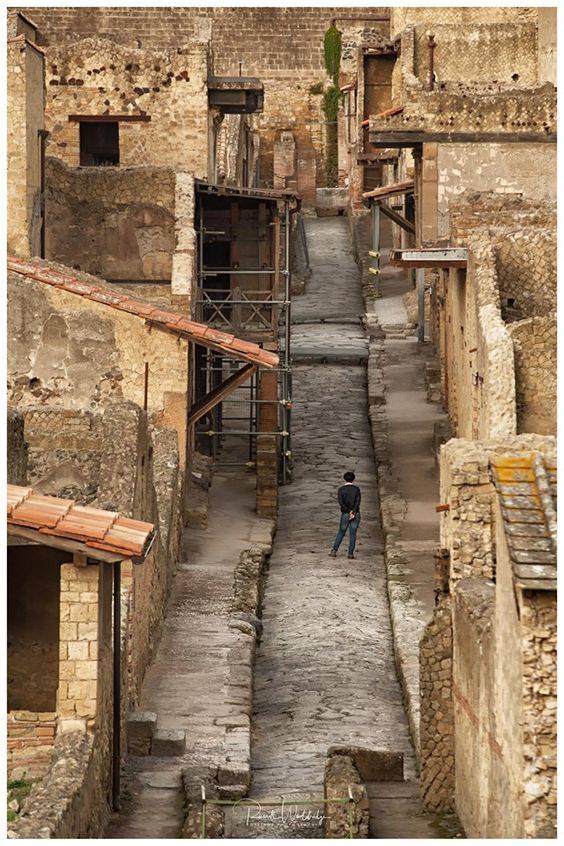The ruins of Herculaneum, nestled along the Bay of Naples in Italy, stand as silent witnesses to the devastating power of Mount Vesuvius. Often overshadowed by its more famous neighbor, Pompeii, Herculaneum boasts its own unique charm and historical significance. Despite sharing a similar fate to Pompeii, being buried under volcanic ash and debris in 79 AD, Herculaneum offers a better-preserved glimpse into ancient Roman life. In this blog post, we will explore the fascinating ruins of Herculaneum and delve into why they are considered superior in preservation to Pompeii.
1. Preservation: One of the most remarkable aspects of Herculaneum is its exceptional preservation. Unlike Pompeii, which suffered extensive damage from the volcanic eruption, Herculaneum was buried under a thick layer of volcanic material that helped protect its structures from the elements. As a result, many buildings in Herculaneum retain their original architectural features, intricate frescoes, and even wooden furnishings, providing a vivid snapshot of daily life in ancient Rome.
2. Urban Layout: Herculaneum’s compact urban layout offers a more cohesive and intimate experience for visitors compared to the sprawling ruins of Pompeii. The narrow streets and well-preserved buildings of Herculaneum allow visitors to easily imagine themselves wandering through the ancient city, exploring its residential quarters, public baths, and grand villas. The smaller scale of Herculaneum also allows for a deeper appreciation of the city’s architectural beauty and the ingenuity of its ancient inhabitants.

3. Wealth of Artifacts: Despite its smaller size, Herculaneum has yielded a wealth of archaeological artifacts that provide valuable insights into ancient Roman society. From exquisite sculptures and mosaics to everyday objects like pottery and household items, the excavations at Herculaneum have uncovered a treasure trove of cultural artifacts. These artifacts not only enhance our understanding of ancient Roman life but also highlight the artistic and technological achievements of the period.
4. Ongoing Excavations: While much has already been uncovered at Herculaneum, ongoing archaeological excavations continue to reveal new discoveries and expand our knowledge of the ancient city. Modern archaeological techniques, such as ground-penetrating radar and 3D imaging, are helping researchers uncover hidden structures and better understand the layout of the city. These ongoing excavations ensure that Herculaneum remains a dynamic site of archaeological research and discovery.
In conclusion, the ruins of Herculaneum offer a fascinating glimpse into the past and stand as a testament to the ingenuity and resilience of the ancient Romans. With its exceptional preservation, compact urban layout, wealth of artifacts, and ongoing excavations, Herculaneum continues to captivate visitors and researchers alike. As we continue to unravel the mysteries of this ancient city through archaeology, Herculaneum remains an invaluable window into the past, enriching our understanding of ancient Roman civilization.